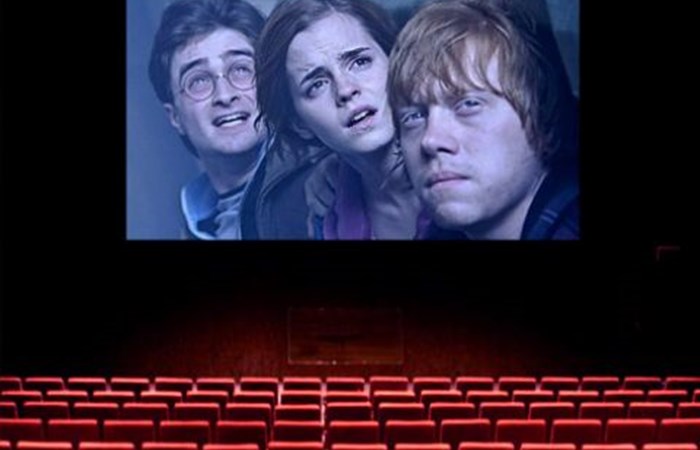UK's newest cinema experience NEWS

A select few film buffs have had the opportunity to enjoy Britain's first 4D cinema experience ahead of everyone else in Glasgow's city centre Cineworld ' hold on to your seats and snacks!
Fitted in the UK's busiest cinema, thirty five D-BOX seats that vibrate and shift are the first step in the new cinema phenomenon, 4D, with many other cinemas in Britain soon to follow at a later date, the O2 Greenwich included. Attending the screening of Disney's latest action flick, John Carter, were Alana Porter and her 12 year old son, Nathan.
Porter said: At first, I thought, ooh, what's coming next? But it does help you feel part of the action.
However, this is not the first time cinema goers have had their experiences heightened, with scent and motion having been in use since the 30s. The director William Castle used vibration in seats at the cinema for his horror picture The Tingler in 1959, and scratch and sniff cards were used in 1981 for John Waters' comedy Polyester.
With a report that 3D may be losing its appeal coming in the same week as the launch of the new seats, could 4D be the next big thing?
Matt Eyre, vice president of Cineworld's operations thinks differently. He claims 3D is here to stay, and that 4D seats are simply logical progress, and not a gimmick.
'This is the next step. I think filmgoers are always looking for that little bit extra.'
Conversely, the cost of the seats will add £5.50 onto the average cost of a 3D ticket, which currently stands at around £8.90, with a margin of 10% of seats being selected for 4D.
Eyre continued 'It's a choice at the end of the day, we have VIP boxes, for example. This is another evolution.'
3,000 existing D-BOX seats are already in effect in cinemas across the world, in places such as the Germany, the USA, Canada, Japan and even as far as Australia and New Zealand.
The D-BOX seats include individual controls to turn the action up, down and off and with there having been already 10,000 screenings using the specialist seats, no one has yet to suffer from any motion sickness.
Guy Marcoux, has stated his firm, D-BOX have worked closely along side studio motion designers at post production stage to match movements to the action, frame by frame. With up to 30 separate movements in a frame, the process can take upwards of 200 to 600 hours per film.
Marcoux said 'We are trying to reflect everything you would feel in real life without crossing that line of being like a theme park ride, we are trying to get a mix between motion and emotion.'
Stirling University's school of film and media studies, Philip Drake claims that 4D seats were an interesting idea, but unlikely to become widespread because of the costly fitting process.
He said, 'It is an odd name for what might be better called haptic [relating to the sense of touch] cinema, after all we all know time is the fourth dimension I can't see this having legs outside of specialist premium seats and I'm not sure that people want that kind of sensory feedback that this will give. Do people want popcorn shaking all over them when they're watching an action movie?'
Having to hang onto her movie snacks during one frenzied scene in the Glasgow screening, Beth Wood said There was a bit where I thought it was not going to move and it did and I almost got a fright, but I don't think I would have seen this film without it. It does add something.'

 Popular
Popular Recent
Recent Comments
Comments

















